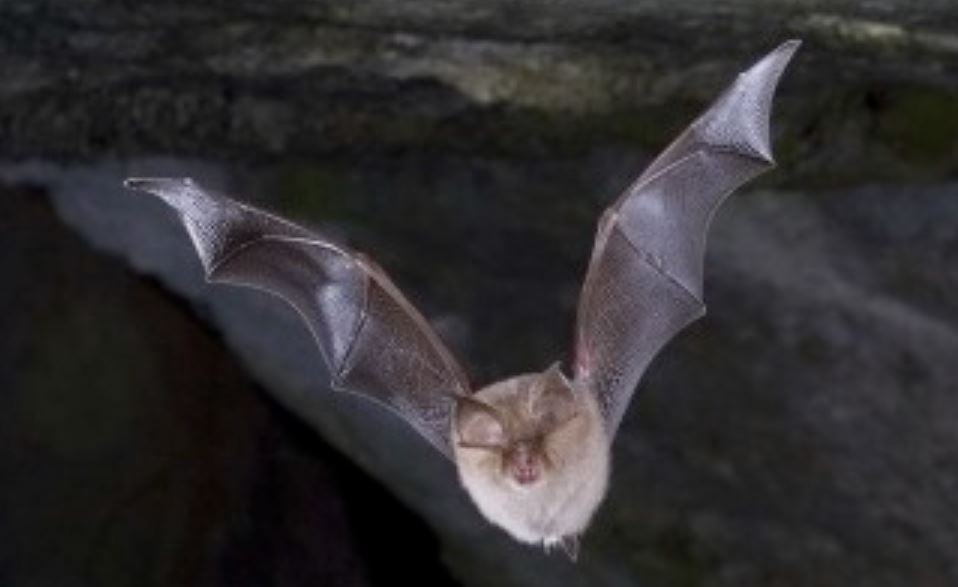Chinese researchers said Thursday they had found a batch of new coronaviruses in bats, including one that may be the second-closest yet, genetically, to the COVID-19 virus.
Weifeng Shi of the University of Shandong and colleagues collected samples from small, forest-dwelling bats between May 2019 and May 2020 in a single, small region of Yunnan province in southwestern China, reports CTV News Canada.
They tested urine and feces as well as taking swabs from the bats’ mouths. The researchers were looking to shed light on the evolutionary origins of SARS-CoV-2 and related viruses.
“In total, we assembled 24 novel coronavirus genomes from different bat species, including four SARS-CoV-2 like coronaviruses,” the researchers wrote in a report published in the journal Cell. (Note that this paper is a Pre-Proof, and still undergoing final edits).
A viral sample called RpYN06, taken from a horseshoe bat species called Rhinolophus pusillus in 2017, revealed a very similar strain genetically to the SARS-CoV-2 virus that’s causing the current pandemic, the researchers said.
A similar strain of the coronavirus found in the horseshoe bats in 2017 was also found in three samples taken from a cave in Yunnan.
The only difference between the newly discovered coronavirus and SARS-COV-2 is some genetic differences on the spike protein, the knob-like structure that the virus uses when attaching to cells, they said.
“Together with the SARS-CoV-2 related virus collected from Thailand in June 2020, these results clearly demonstrate that viruses closely related to SARS-CoV-2 continue to circulate in bat populations, and in some regions might occur at a relatively high frequency,” they wrote.
There is still some controversy over the origins of the SARS-COV-2 coronavirus strain, even though a World Health Organization *WHO) report said the most likely source is an animal — probably a bat.
“Our study highlights the remarkable diversity of bat coronaviruses at the local scale, including close relatives of both SARS-CoV-2 and SARS-CoV,” they wrote. The bat species they sampled are common across Southeast Asia, including southwest China, Vietnam, Laos, Thailand, and elsewhere.














